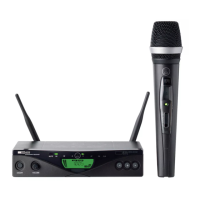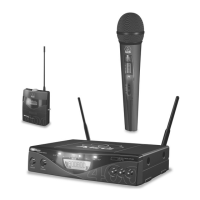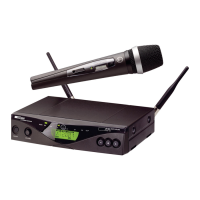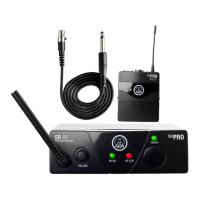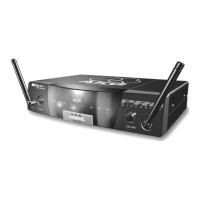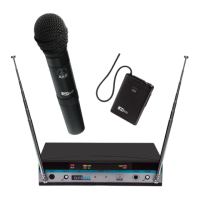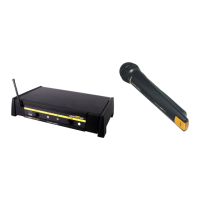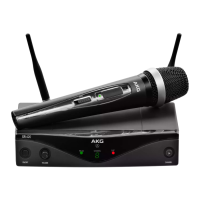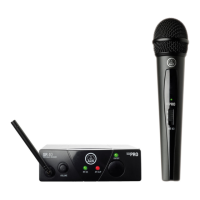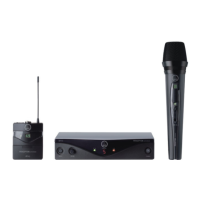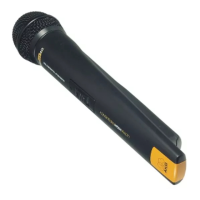BEDIENUNGSANLEITUNG (V 1.00) .S. 2
Bitte vor Inbetriebnahme des Gerätes lesen!
USER INSTRUCTIONS (V 1.00) .......p. 24
Please read the manual before using the equipment!
MODE D’EMPLOI (V 1.00) ...............p. 46
Veuillez lire cette notice avant d’utiliser le système!
ISTRUZIONI PER L’USO (V 1.00) ....p. 68
Prima di utilizzare l’apparecchio, leggere il manuale!
MODO DE EMPLEO (V 1.00) ...........p. 90
¡Sirvase leer el manual antes de utilizar el equipo!
INSTRUÇÕES DE USO (V 1.00) .......p. 112
Favor leia este manual antes de usar o equipamento!
WMS 470
